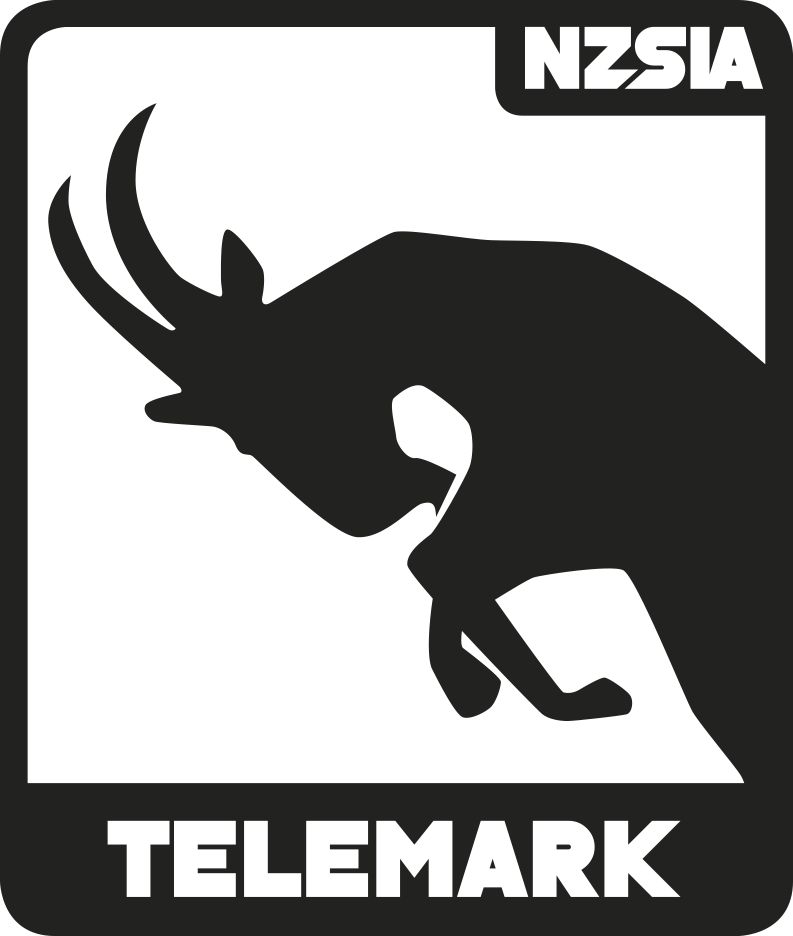Using, Adapting and Creating Progressions covers the ways that you can structure, deliver and prepare for lessons. Learn how to put together activities to develop new skills, structure presentations and deliver information. Understand how to create longer teaching sessions to explore the mountain and continue to develop skills.
Who is the Student?
When teaching, instructors will encounter a variety of motivations and personalities. Understanding these differences is crucial when deciding which activities best suit the situation or student.

Example: Adjusting to the Student’s Needs
In some situations, a more broken-down approach is needed. This is where the skill is divided into smaller parts and gradually built up. This approach, sometimes referred to as “chaining” or “chunking”, may suit a student who:
In other situations, a “doing” approach is preferred or needed. Here, the instructor focuses on final-form skiing, with brief stops to analyse specific parts before returning to the final form. This is often called “whole-part-whole” and is typically suited to students who:
Student-Centered Decision Making
Whatever the teaching assignment, the student plays a critical role in the decision-making process. Understanding the learning style and preferences of each student will guide the instructor in making the best decisions for that lesson.

